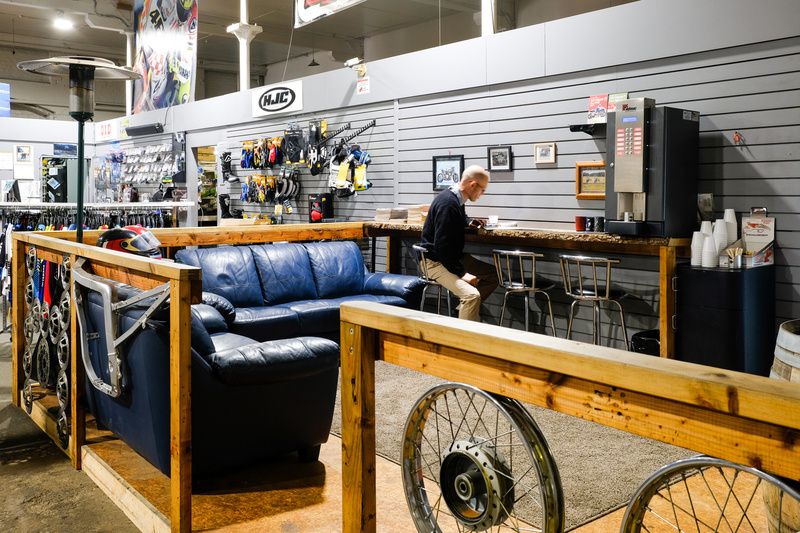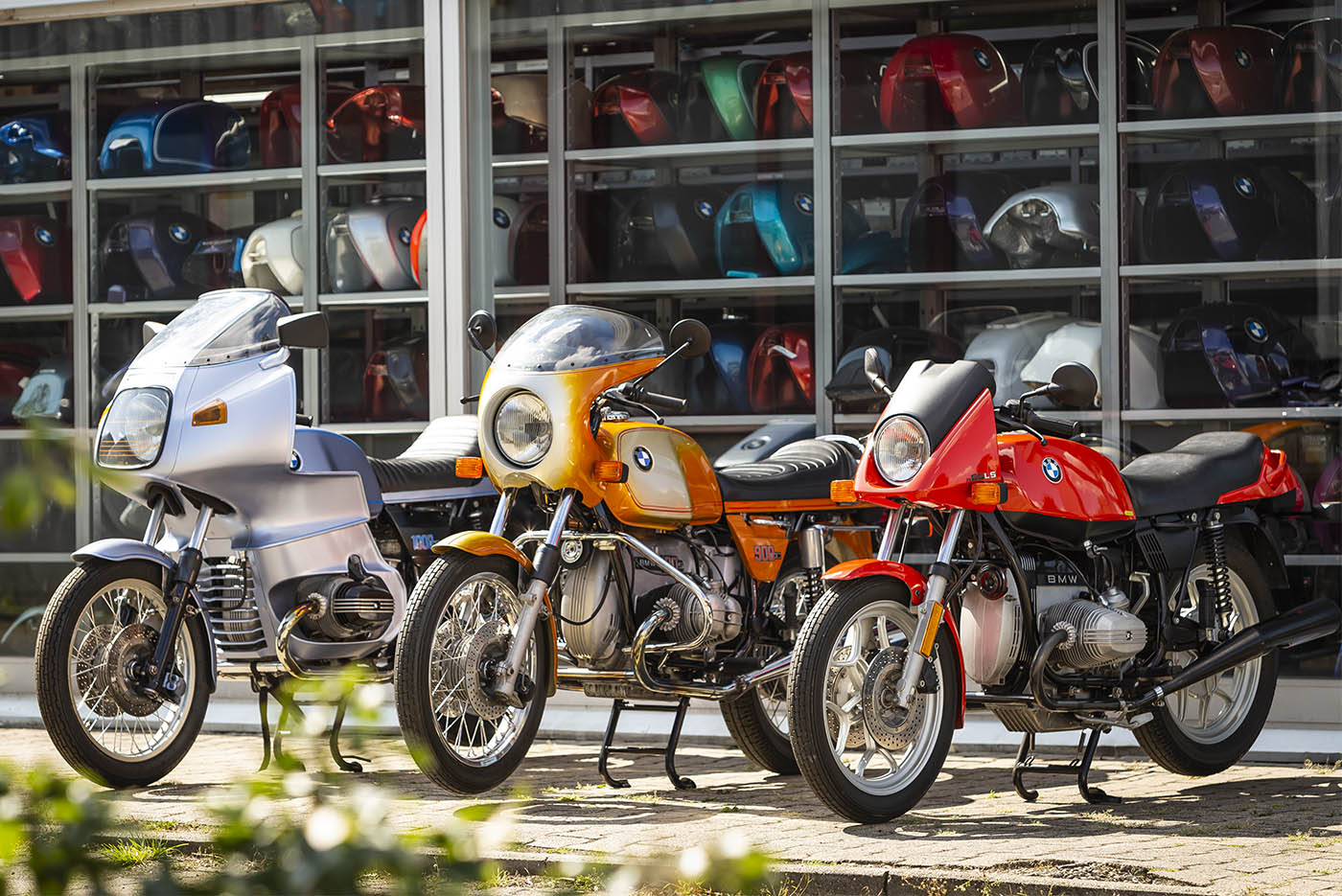Leading MX Gear NZ: Gear Up for Your Following Off-Road Adventure
Understanding Bike Gears: Exactly How to Enhance Your Riding Experience
In the realm of motorcycling, understanding the art of gear control is essential for boosting your riding performance. Appropriately making use of and understanding motorbike equipments can considerably influence gas, control, and velocity effectiveness, changing an ordinary ride right into a smooth, thrilling journey.
Comprehending Equipment Mechanics
At the core of bike characteristics, gear technicians play a crucial function in converting engine power right into motion, inevitably determining rate and control. The equipment ratios, carefully made, determine the relationship in between engine revolutions and wheel turns, influencing acceleration and fuel efficiency.
Comprehending equipment technicians begins with acknowledging the significance of the gearbox, which houses numerous equipments of varying sizes. These equipments interact with a procedure understood as meshing, where teeth of various equipments engage to transmit power.
Additionally, the concept of gear moving is indispensable to making best use of performance. Smooth and prompt changes ensure that the engine operates within its ideal power band, avoiding unnecessary strain and enhancing long life (motorbike shop). By comprehending these mechanical ins and outs, cyclists can accomplish a harmonious blend of control, performance, and power, boosting their riding experience
Timing Your Shifts
Shift timing mastery is vital for enhancing motorcycle efficiency and improving the riding experience. Appropriately timed shifts make certain that the engine operates within its optimum power band, which is essential for keeping control, accomplishing smooth acceleration, and ensuring the longevity of the bike. Riders have to develop an instinctive feeling of when to shift equipments, which involves comprehending the partnership in between engine transformations per min (RPM) and speed.
To understand shift timing, pay attention to the engine's noise and feel, as these supply essential clues about when to alter equipments. The ideal shift factor generally happens when the engine approaches the top series of its power band without getting to the redline. Moving prematurely can result in an absence of power, while shifting also late might cause unnecessary engine pressure
In addition, road conditions and riding design impact change timing. In city setups, smoother and extra regular changes might be necessary to browse website traffic effectively. On the other hand, during highway riding, less shifts at greater speeds can be better. Exercising in diverse environments will enhance your ability to time changes precisely, eventually boosting your riding experience to a specialist level.
Enhancing Fuel Performance
While mastering bike gears is important for performance, enhancing fuel performance is similarly important for both financial and ecological factors. Optimum fuel usage not just minimizes functional expenses but also minimizes the ecological impact of riding. To accomplish this, one should understand the complex partnership in between equipment choice and engine performance.
To start with, picking the right equipment at proper speeds can substantially affect fuel usage. Riding in a higher equipment at reduced rates can cause engine lugging, which is destructive to both gas economic climate and engine wellness. Alternatively, riding in lower gears at high rates leads to unnecessary gas intake. Therefore, maintaining an optimum balance by changing gears in placement with roadway conditions and anticipated maneuvers is crucial.
Additionally, routine maintenance plays a pivotal function in fuel effectiveness. Ensuring that the motorbike is well-tuned, with clean air filters and correctly pumped up tires, can decrease find out here and enhance aerodynamics gas waste. Taking on a riding design that embraces gradual velocity and smooth slowdown can add to better gas economic situation.

Techniques for Smooth Transitions
Achieving smooth gear transitions is essential to enhancing the riding experience and ensuring the longevity of a motorbike's transmission system. Proper gear changing not only adds to a smooth adventure yet also lessens deterioration on the mechanical parts. To master the art of smooth changes, cyclists need to concentrate on a few essential techniques.

Secondly, clutch control plays a pivotal function. Involving and disengaging the clutch efficiently needs method. The clutch bar ought to be released progressively, permitting a smooth transfer of power from the engine to the wheels without triggering a jolt or abrupt motion.

Adapting to Road Conditions
Navigating diverse road problems is an essential ability for any motorcyclist aiming to maintain control and safety. Whether you're riding on wet surface areas, crushed rock roads, or browsing sharp turns, your capacity to adapt your equipment use and riding strategy is critical. Recognizing how to readjust your equipments suitably can significantly impact grip and stability, making sure a more secure trip.
In contrast, when riding on crushed rock or unequal terrain, reduced gears are better. Reduced gears give much better control and allow you to respond more promptly to unexpected changes in the road surface.
Sharp curves demand exact gear monitoring to stabilize rate and control. Downshifting before getting in a curve can aid keep energy while ensuring the motorcycle continues to be stable throughout the turn. Constant technique in diverse problems boosts your capability to react and predict to modifications in roadway structure and incline.
Final Thought
Grasping motorbike gears substantially improves the riding experience you could try these out by improving acceleration, control, and fuel performance. Adapting equipment option to various road problems, such as using greater equipments on damp surface areas and lower gears on gravel, more improves handling and safety and security.
Recognizing equipment technicians begins with recognizing the significance of the gearbox, which houses multiple gears of differing dimensions. These gears communicate via a procedure known as meshing, where teeth of various gears involve to transfer power (motorbike shop). Gentle modifications to the throttle throughout gear shifts can avoid jerky motions and keep a consistent riding rate
Whether you're riding on wet surface areas, gravel roads, or navigating sharp turns, your capacity to adjust your equipment usage and riding method is extremely important. Adjusting gear selection to different road conditions, such as using higher gears on damp surface areas and reduced gears on gravel, further boosts handling and safety.